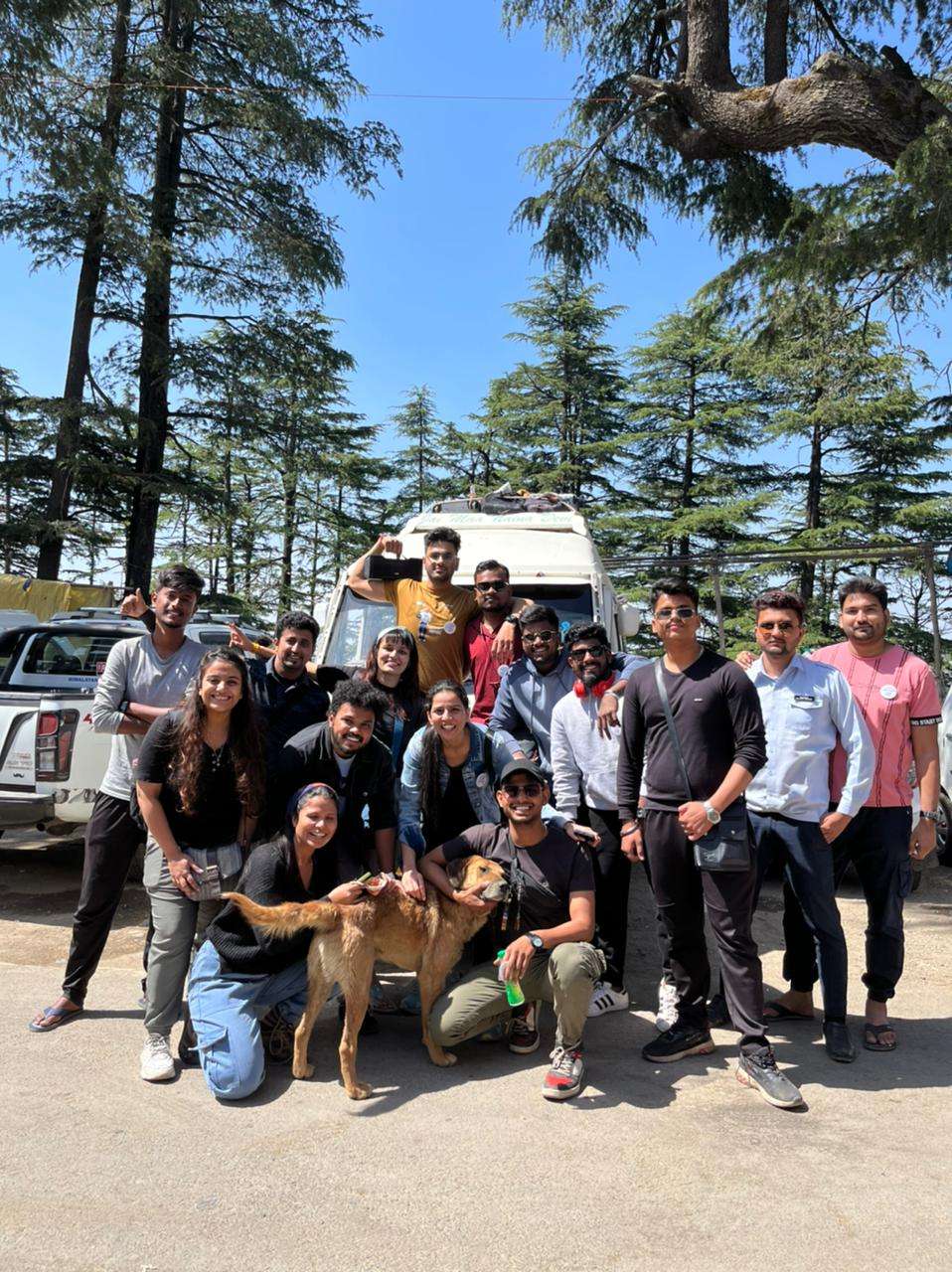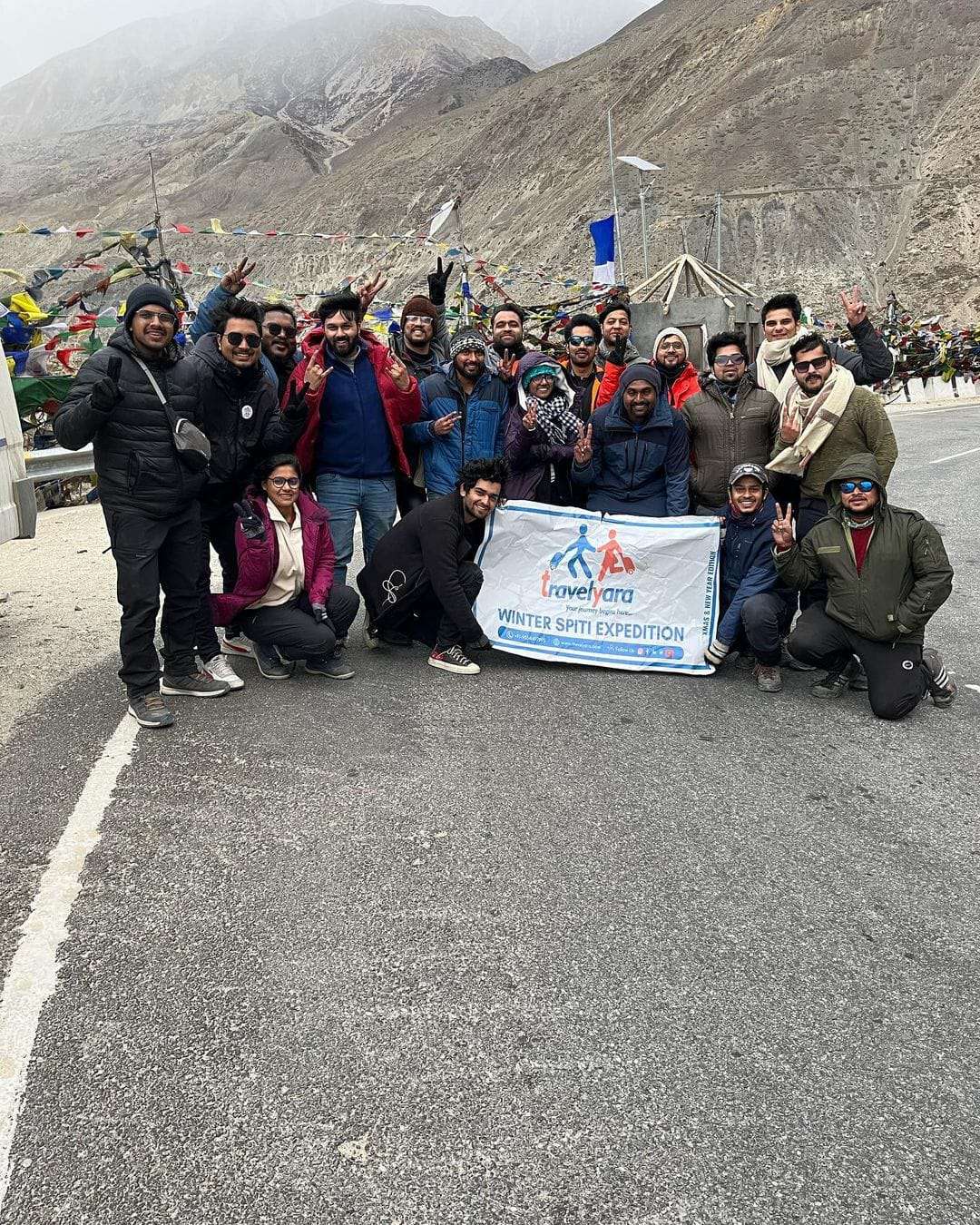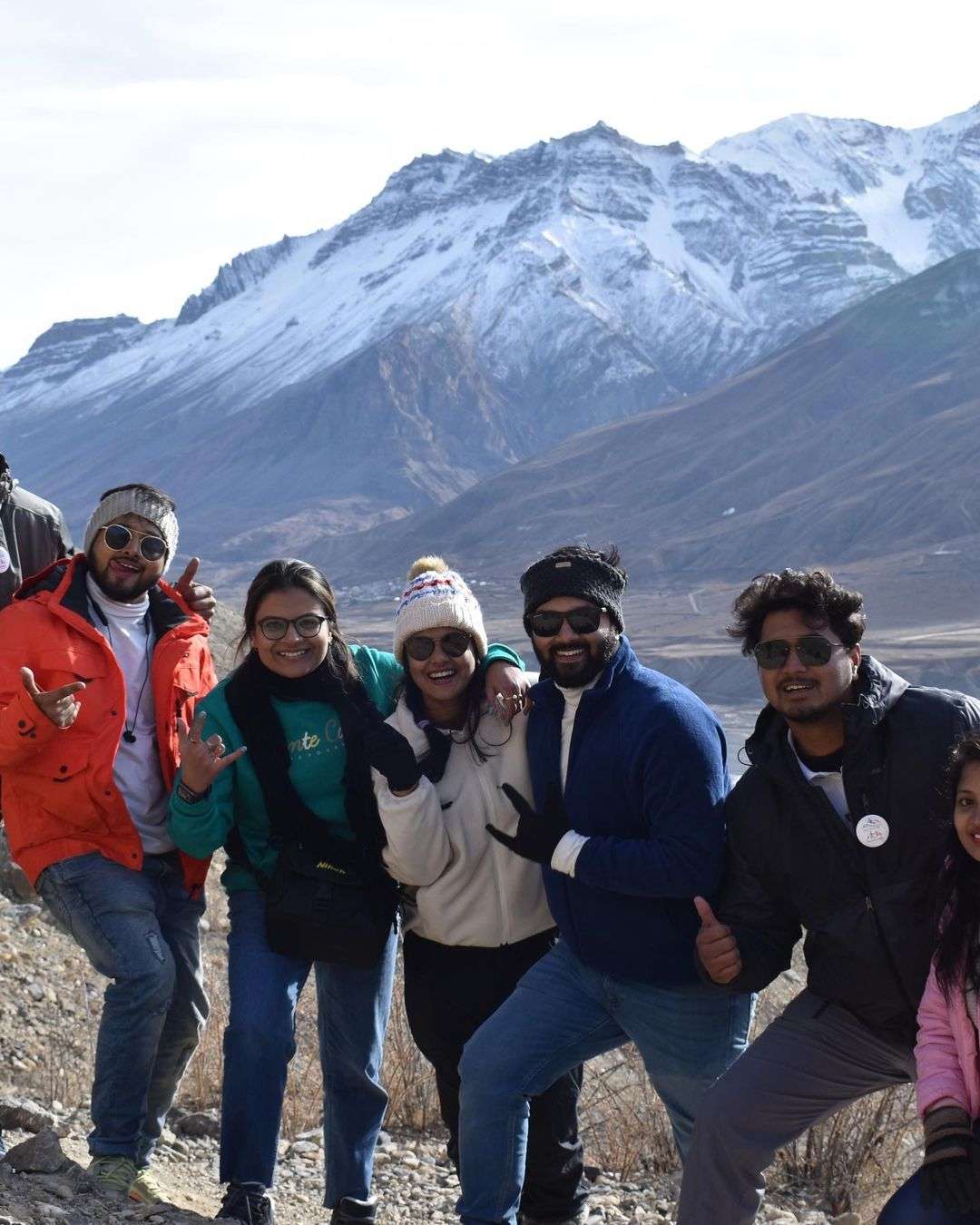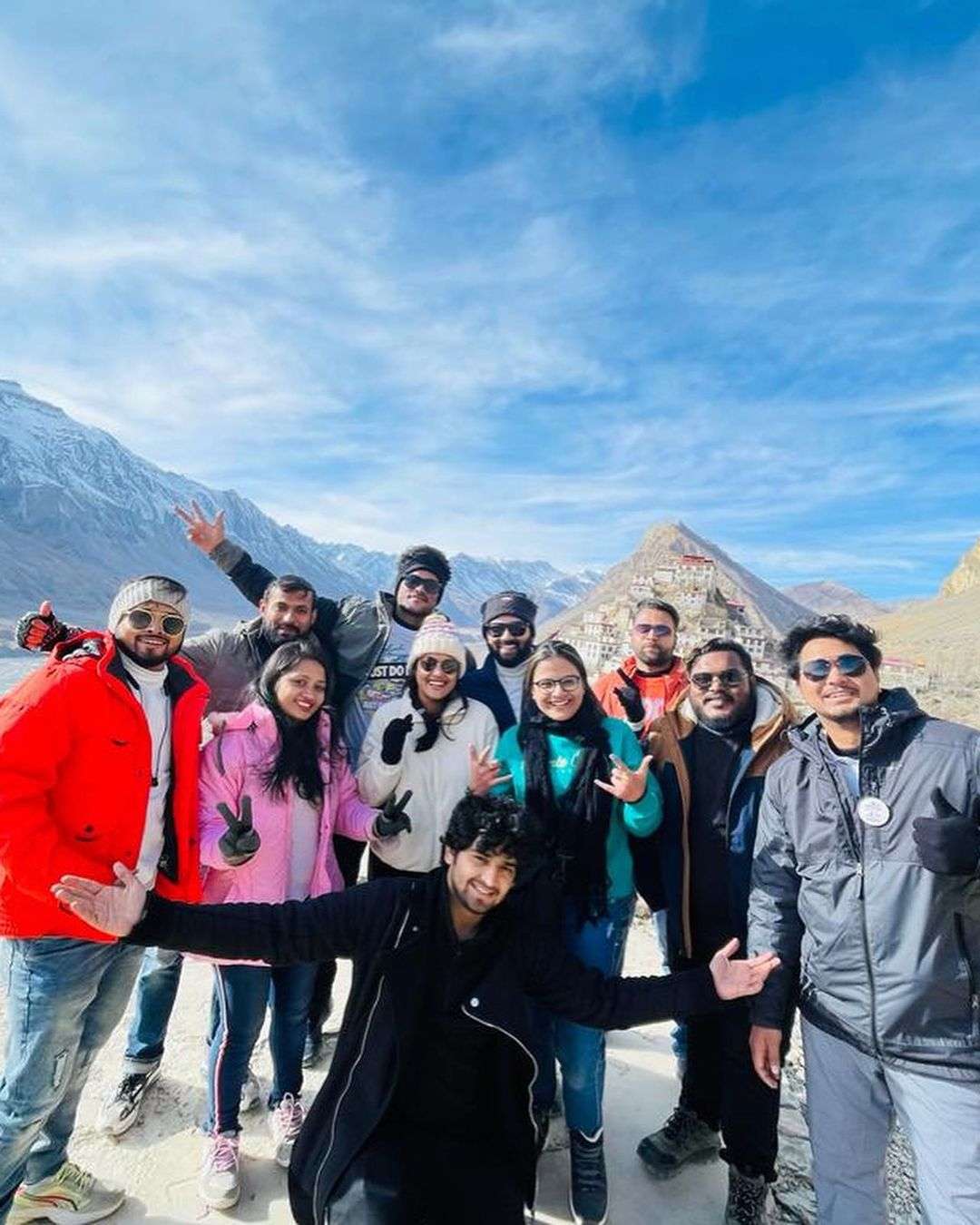Day 0 : Delhi To Shimla
• Get ready to be departed from Delhi by Evening
• Reach Shimla next morning by an overnight Volvo
Day 1 : Shimla To Sarahan
•We will reach Shimla in morning around 8:30 AM.
• The Spiti Expedition journey starts from here.
• Long drive through the scenic beauty of Kinnaur via Narkanda and Rampur.
• Arrive Sarahan in the evening and enjoy at the stay for night.
Day 2 : Sarahan To Chitkul/Sangla
• Have Breakfast and Check-out. Move Towards Sangla/Chitkul.
• Arrive Chitkul/Sangla in the evening and enjoy at the stay for night.
Day 3 : Chitkul to Tabo
•After Breakfast, spend some time at leisure and check out.
• Chitkul is the last Indian village towards China border. Explore the best of it. Next, you will be departing For Tabo Enroute Nako Lake.
• Passing by Spiti River, enjoy 360-degree view of the mesmerising mountains. Reach Tabo, by evening, check-in to your stay and have dinner.
Day 4 : Tabo to Kaza
•After having breakfast spend some peaceful time at the beautiful Tabo Monastery and know different stories by the Monks.
• Time to head toward the beautiful administrative town of Spiti Valley, Kaza.
• Explore the oldest monastery of the valley in Dhankar.
• Enter the exquisite town and stay in Kaza.
Day 5 : Kaza
•Divine Spiti Valley sightseeing awaits you after having breakfast.
• At 4,400m above sea level in, the Hikkim post office is a vital connection to the outside world.
• Send postcards to friends and family.
• Visit Komic Gompa at the World's Highest motor-able village and have a delicious lunch.
• Langza is a high- altitude village known for ancient marine fossils. Collect some fossils to take memories of nature home
• Visit the spectacular Tibetan Buddhist Key Monastery located on a hilltop at an altitude of 4,166 meters above the sea level.
Day 6 : Kaza To Kalpa
• After Breakfast, Check-Out and move towards Chicham Bridge.
• Chicham Bridge is the highest bridge in Asia and allows you to have panoramic views.
• After Exploring Chicham Bridge, Pay a visit to over 500- years- old Tibetan mummy in Giu village, then we will move towards Kalpa.
• Reach Kalpa by late- evening, go through some last valuable time with your new travel amigos.
• Overnight Stay and Dinner in Kalpa.
Day 7 : Kalpa to Shimla to Delhi
• Wake up to the Kinner Kailash view.
• Visit the popular Suicide point and start your excursion back to Shimla.
• Reach Shimla by evening. Depart for Delhi.
• Arrive in Delhi next morning i.e., 8th Day.
Spiti Valley is a cold desert mountain valley located high in the Himalayas in the north-eastern part of the northern Indian state of Himachal Pradesh. The name "Spiti" means "The middle land", i.e. the land between Tibet and India. The local population follows Vajrayana Buddhism similar to that found in the nearby Tibet and Ladakh regions. The valley and surrounding region is one of the least populated regions in India and is the gateway to the northernmost reaches of the nation. Along the northern route from Manali, Himachal Pradesh or Keylong via the Rohtang Pass or Kunzum Pass respectively, the valley lies in the North-Eastern section of the Indian state Himachal Pradesh and forms part of the Lahaul and Spiti district. The sub-divisional headquarters (capital) is Kaza, Himachal Pradesh which is situated along the Spiti River at an elevation of about 12,500 feet (3,800 m) above mean sea level.
| Land Package | |
|---|---|
| Double Sharing | 19999 / Person |
| Triple Occupancy | 18499 / Person |
| Quod Sharing | 17999 / Person |
- Volvo/ Bus Transfers from Delhi to Shimla and Shimla to Delhi.
- Sightseeing by Tempo Traveler/Innova/Ertiga/Scorpio.
- Accommodation: 6 Nights (Hotels/Camps/Homestays)
- Meals (6 Breakfasts and 6 Dinner) only in Stays.
- Team Leader throughout the trip.
- Availability of oxygen 24x7 in case of any emergency.
- All applicable toll, parking, and driver charges.
- All inner line permits.
- 5% GST if applicable.
-
The package doesn't include the cost of any form of insurance, rescue, evacuation, hospitalization, and entry ticket.
-
Other expenses such as drinks and tips are not included.
-
Any additional expenses such as of personal nature. Additional accommodation/food costs incurred due to any delayed travel.
-
Parking and monument entry fees during sightseeing.
-
Additional Costs due to Flight Cancellations, Landslides, Roadblocks, and other natural calamities.
-
Any other services not specified above in inclusions.
- Warm clothes
- Caps
- Toilet paper & wipes
- Back pack (50-60l)
- Extra pair of socks
- Fleece jackets and thermals
- Hiking shoes
- Mosquito & insect repellent
- Water Bottle
- Power Bank
- Hand Sanitizer
- Personal Medication
- Raincoat/Poncho
-4 to 0 degrees
Chitkul Tabo Monastery Key Monastery Kungri Monastery Gue Monastery Nako Monastery Sakya Tangyud Monastery Dhankar Monastery Kalpa
Understanding the location in relation to weather and seasons is crucial to choosing the optimum time to visit Spiti, or "Little Tibet," as it is infamously known. Not just because of the lovely weather, but also because there are less tourists, the summer months of March to June are thought to be the finest for visiting Spiti. The best time to visit Spiti is from October to February if you're looking for that ideal winter getaway. The environment is covered in a white frost at this time, and one can observe the secretive fauna as well as the stunning frozen waterfalls and lakes.
Visits to Spiti are incredibly exciting, both during the hot summer months and the chilly, bitter winters. The Spiti Valley is believed to be inaccessible during the winter. It's not true; the Shimla to Kaza route is open all year long, despite the fact that some areas may be off limits. In fact, winter may be the best season to see Spiti's traditional way of life.
Individuals who are not accustomed to higher elevations may experience altitude sickness. AMS symptoms include: 1. Symptoms of Light: Appetite loss Sleep deprivation Urine passage is difficult. 2. Mild Symptoms: This is a bad headache. Breathing irregularities Nausea Mild sluggishness 3. Severe Symptoms: Hand and face swelling Dizzinness Standing is difficult. The heart gurgles There is no energy. It can be alleviated or avoided by slowing the rate of ascent - for this reason, we usually recommend at least 7 days for a tour of the valley, allowing plenty of time to gradually ascend. If anyone in the group continues to feel ill, there is enough time in the itinerary for them to have a relaxing morning until they feel better! Pain relievers and extra fluids can usually help.
Spiti Valley Tours has been providing high-quality services to a diverse range of international clients for over a decade and is fully accredited by the Himachal Pradesh Tourism Board. Our team is experienced and professional, and is entirely drawn from the local community. They all have in-depth knowledge of the valley and its surroundings, and our excellent community relations ensure that there is a friendly face, a warm house, and a helping hand in every village in Spiti. We frequently stop for tea or lunch in traditional village homes to get a behind-the-scenes look at the picturesque high altitude hamlets that dot the landscape. You'll enjoy it!
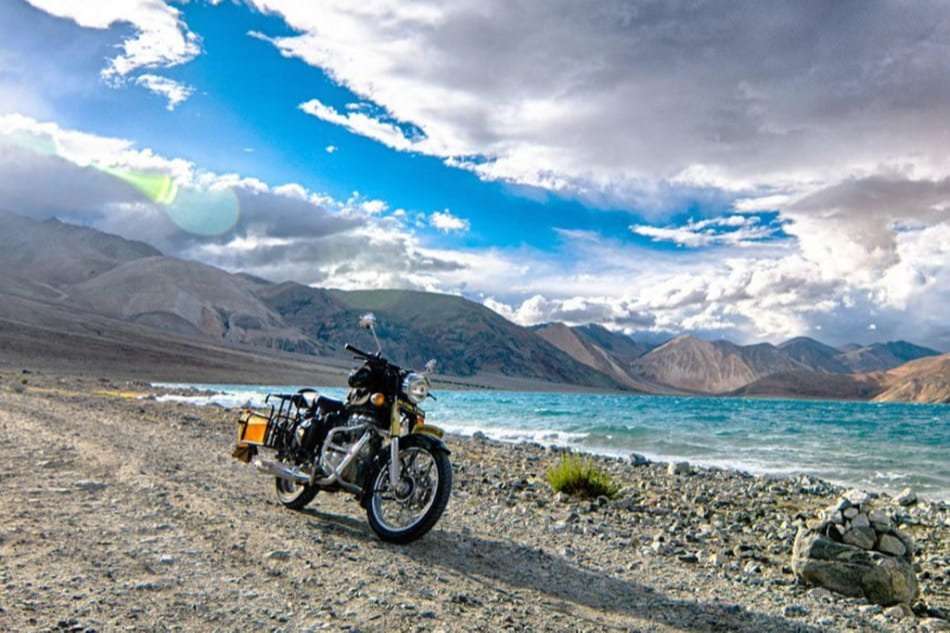

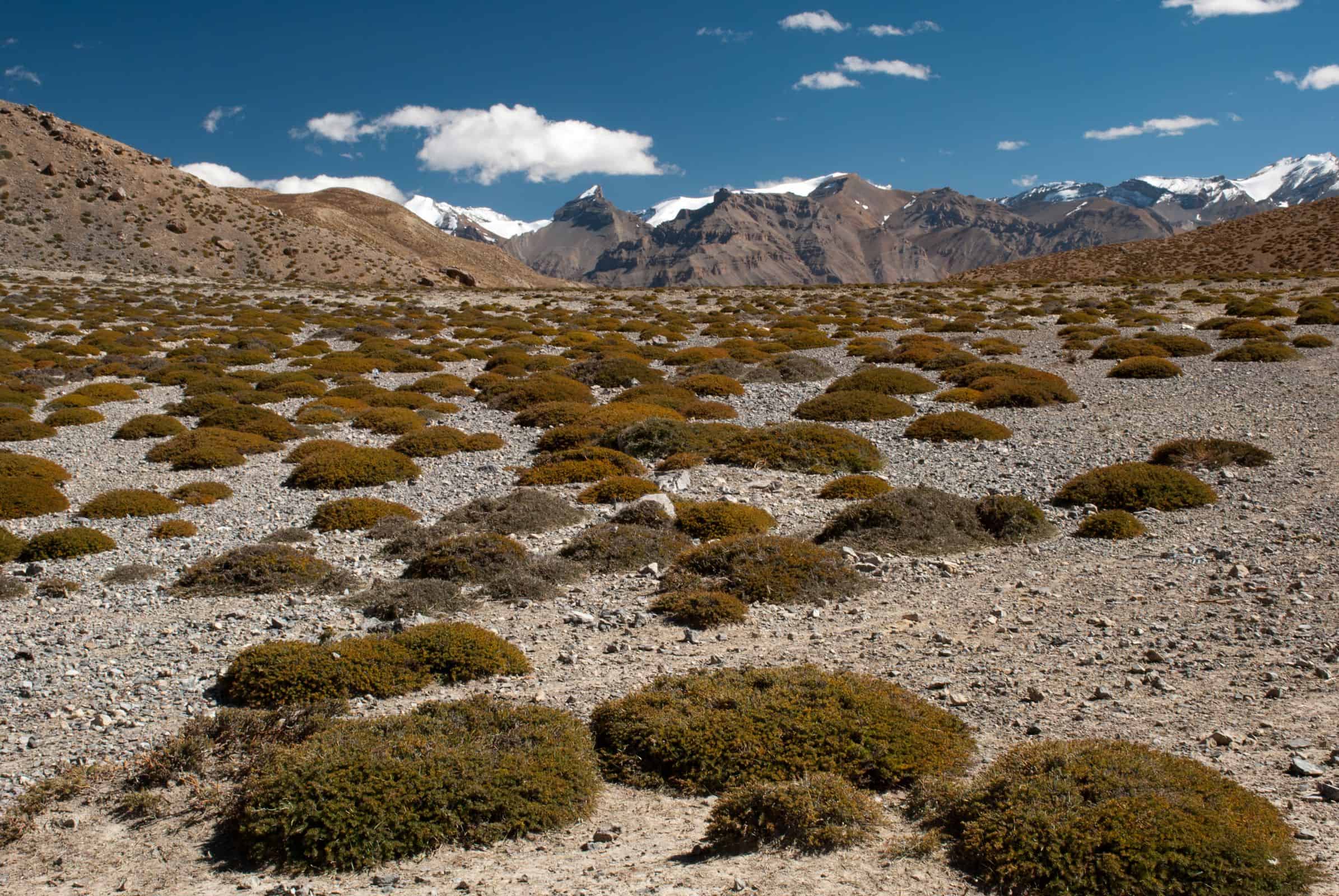


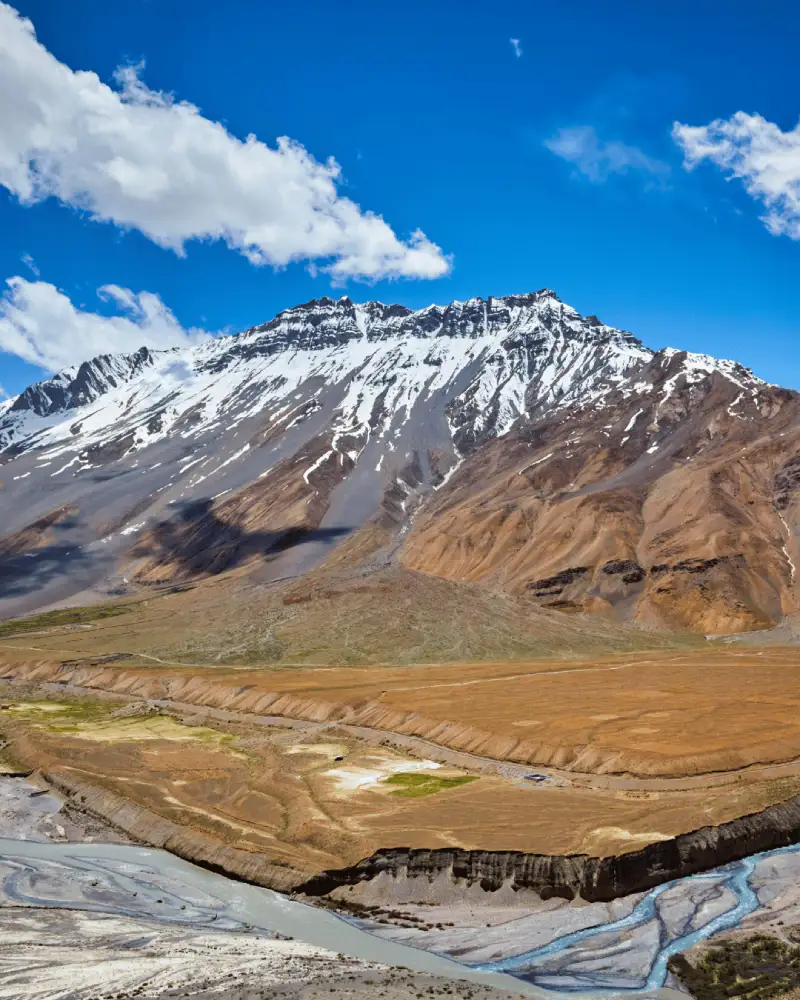



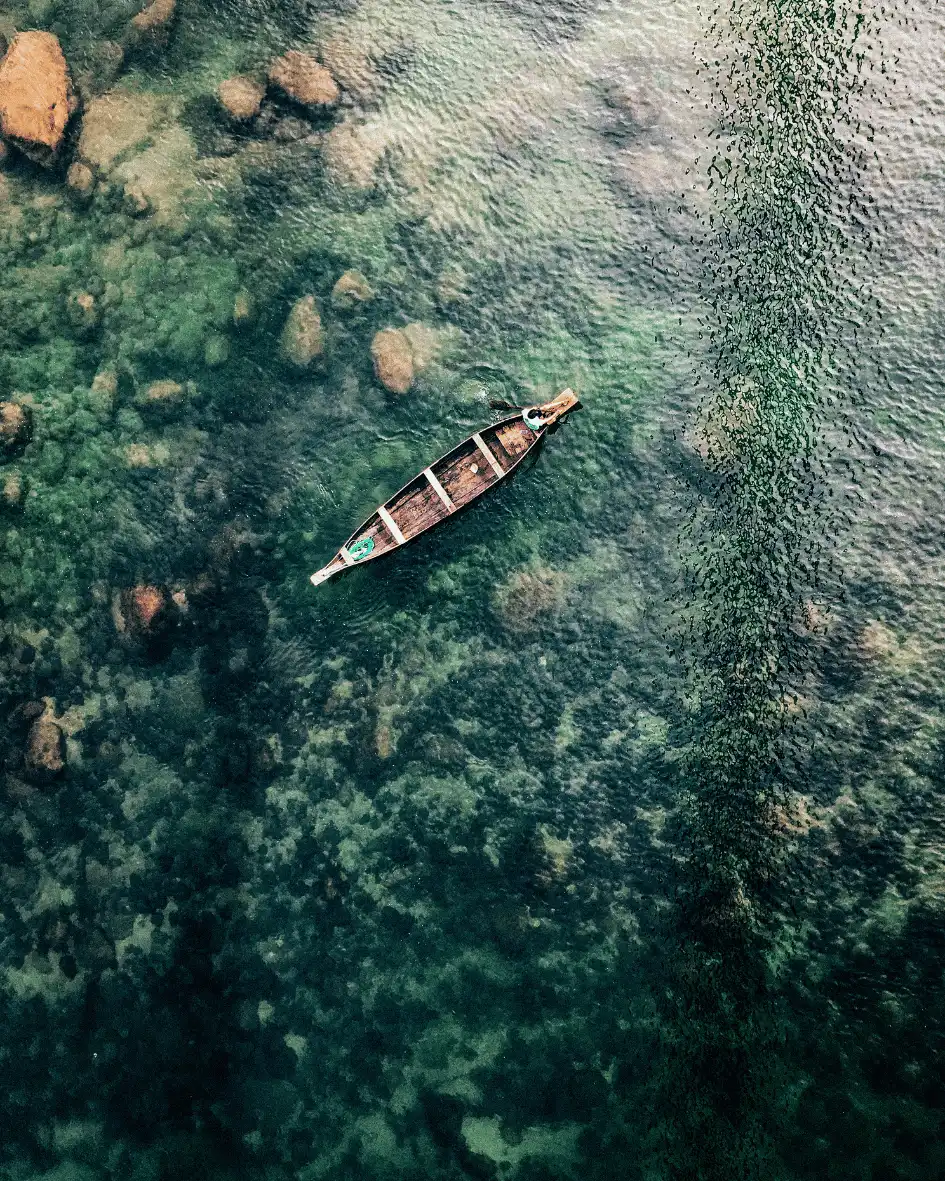










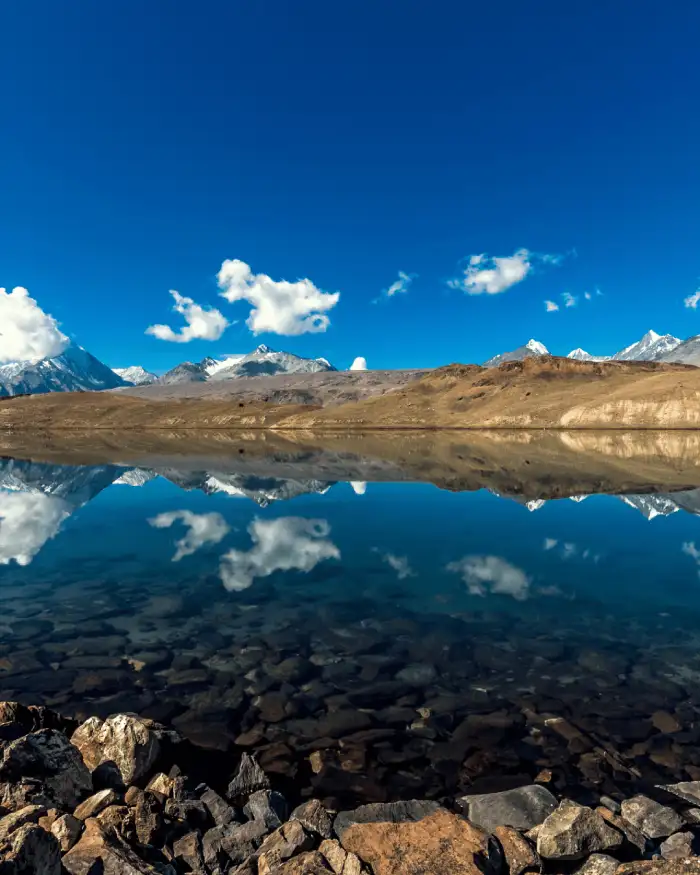
.jpeg)



.jpeg)

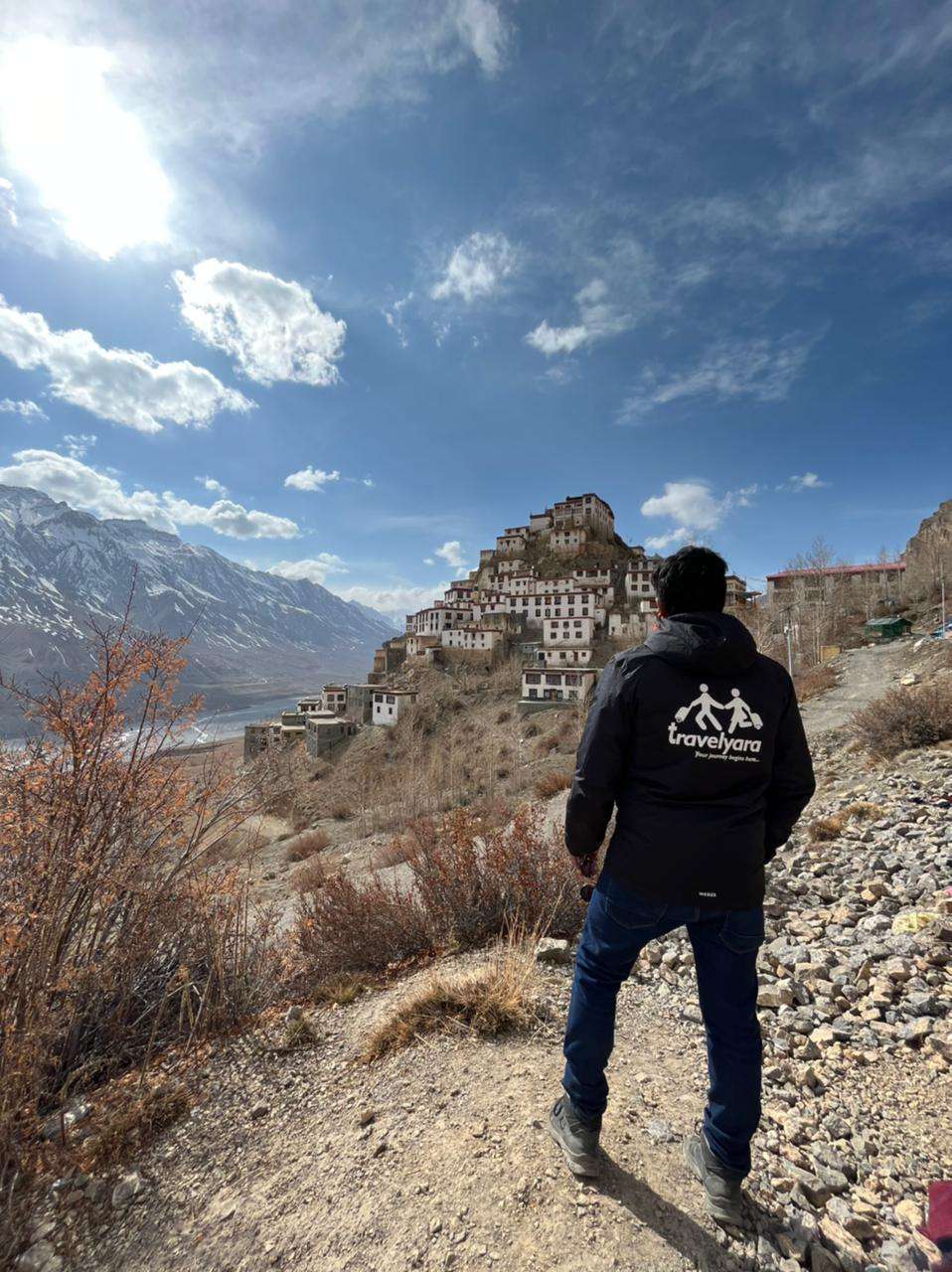
.jpeg)
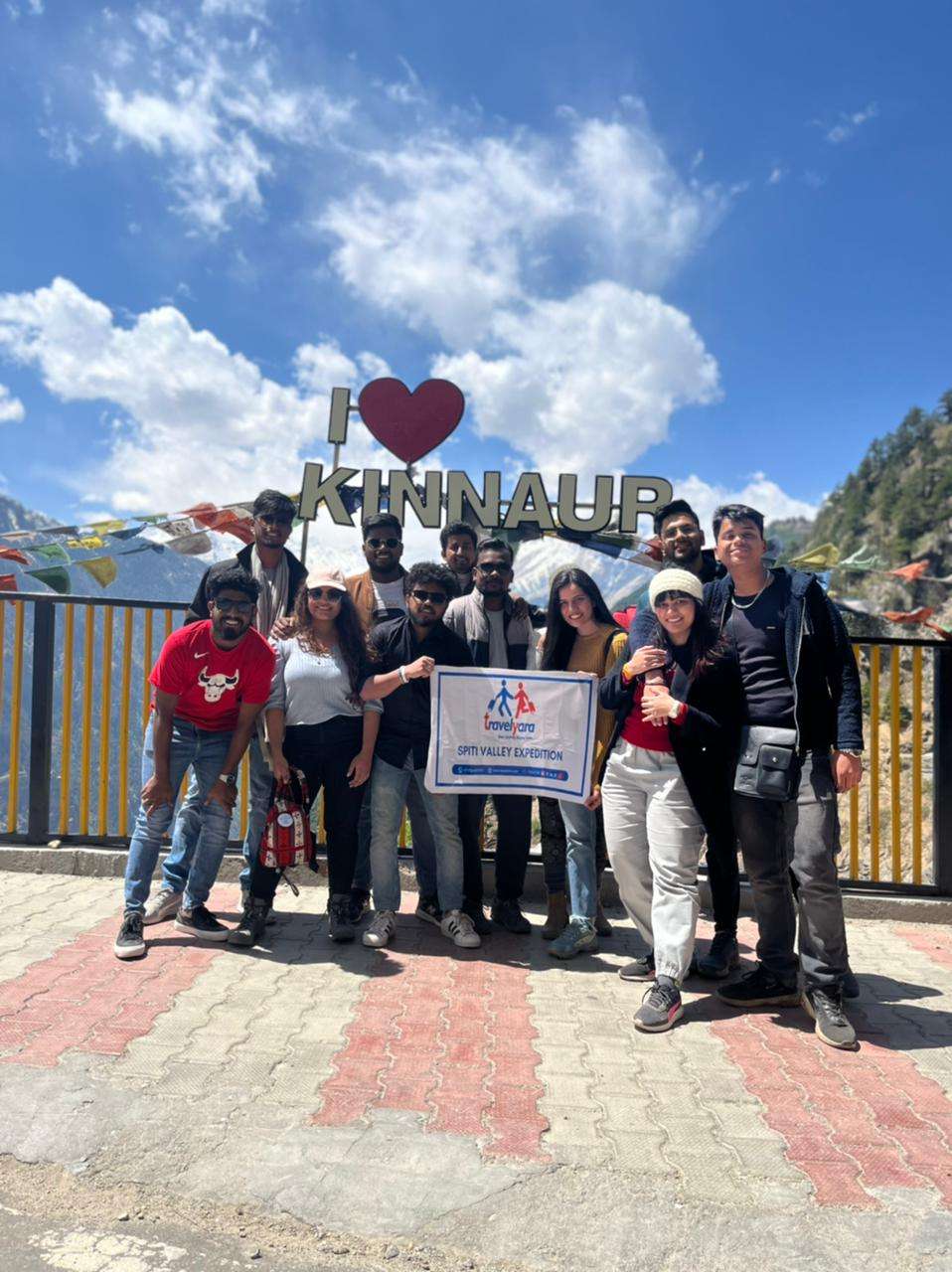
.jpeg)
.jpeg)
